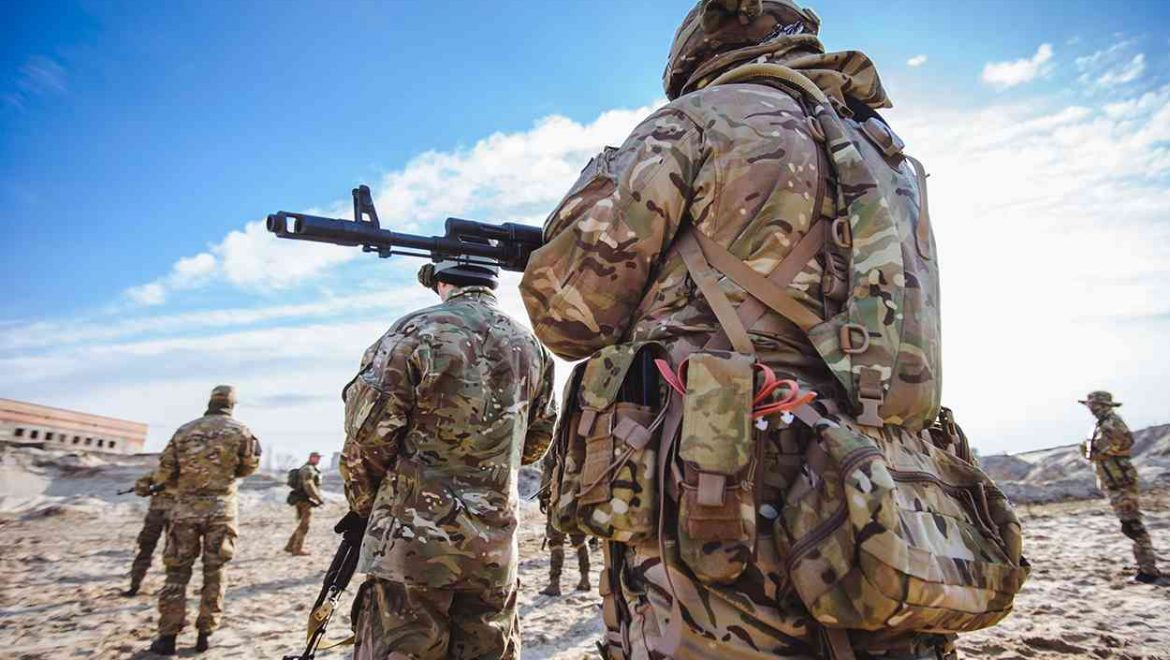Originally Published in THE HILL
BY DENNIS LAICH AND LAWRENCE WILKERSON, OPINION CONTRIBUTORS – 08/10/22 11:30 AM ET
For eight years, the All-Volunteer Force Forum, which we co-founded, has advocated for a fact-based national dialogue on whether America’s all-volunteer force (AVF) is working, and will work in the future, based on fairness, efficiency and sustainability, and whether the AVF contributes to the civil-military gap and the militarization of U.S. foreign policy.
We have hosted day-long conferences at major universities, written books and articles, and briefed members of Congress and the National Commission on Military, National, and Public Service. We have suggested that this is an issue that affects not only national security but also the social fabric of America.
otwithstanding the patronizing “thank you for your service” that is extended to veterans by a nation of limited-liability patriots, and pious responses such as “I understand, but” from self-interested members of Congress, our initiative has generated little support. Now the AVF faces a crisis that is no longer deniable.
Recently the Pentagon acknowledged that recruiting shortfalls are particularly alarming. “This is the start of a long drought for military recruiting,”said Ret. Lt. Gen. Thomas Spoehr of the Heritage Foundation. He said the military has not had such a hard time signing recruits since 1973, the year the U.S. left Vietnam and the draft officially ended.
The Army has achieved about 40 percent of its fiscal year 2022 recruiting goal with just three months left in the fiscal year. The Air Force is about 4,000 recruits short of where it should be at this point in the year, and the Air National Guard and Reserve are unlikely to meet their goals. Navy officials say they are “hopeful” that they can reach their recruiting goal this year. The Marine Corps, the smallest of the Pentagon branches, is likely to meet its recruiting goal for this year, but notes that 2022 is “arguably the most challenging recruiting year since the inception of the AVF.”
These shortfalls exist despite extraordinary measures enacted over the past decade to attract recruits. In fact, the Army and Air Force are offering unprecedented enlistment bonuses of up to $50,000 and the Navy up to $25,000. The Army is offering recruits their first duty station of choice for the first time. Longstanding recruit qualifications are being reviewed by the Army — always the most difficult service for which to recruit and a bellwether for the others — with an eye to lowering them. This included considering — but under severe protests, rejecting — a temporary suspension of the requirement for a high school diploma or a GED.
Advertising budgets have been increased, as have the number of recruiters, the latter to astonishing levels, frankly, constituting a serious drain on the all-important non-commissioned officer (NCO) corps, the single most positive difference, for example, between the U.S. Army and the Russian Army.
The AVF crisis is driven by the fact that the pool of those eligible to join the military continues to decline because of obesity, drug use, criminal records, or an inability to qualify intellectually (successfully pass the service “entrance exam”). Recently, Army Chief of Staff Gen. James McConville testified before Congress that only 23 percent of Americans ages 17-24 are qualified to serve without a waiver, down from 29 percent just a few years ago. Adding to the crisis is the fact that, according to an internal Defense Department survey obtained by NBC News, only 9 percent of those eligible to serve in the military have any inclination to do so, down from 15 percent just a few years ago and the lowest number since 2007.
Here is where crisis and denial converge. A reasonable person would have difficulty denying the implications of the following simple arithmetic:
- Every year, the Pentagon must recruit approximately 150,000 service members.
- Every year, approximately 4 million Americans turn 18, 23 percent of whom can meet the minimum enlistment standards, meaning about 920,000 able to serve.
- Of those 920,000, only 9 percent are motivated to serve, meaning approximately 83,000 both able and willing to serve.
- The possible shortfall of 67,000 enlistments represents a serious threat to national security.
We are not manpower experts but we do possess a rough knowledge of the U.S. military, occasioned by our almost 70 years of combined service. We know, too, that there are those who still deny there is a problem — people in the military, in Congress, the White House and apparently, throughout the general citizenry.
What we are trying to point out is simple: We’re losing the ability to field military forces sufficient to the missions our country assigns them. It is time to curb those missions or find a different way to field our forces.
Maj. Gen. (Ret.) Dennis Laich served in the U.S. Army for more than 35 years, in Iraq, Kuwait, Germany, Honduras and the Netherlands. He is the author of “Skin in the Game: Poor Kids and Patriots.”
Col. (Ret.) Lawrence Wilkerson served in the Army for more than 31 years. A combat veteran of the Vietnam War, he was chief of staff to Gen. Colin Powell at the State Department and special assistant to the chairman of the Joint Chiefs of Staff at the Defense Department.

